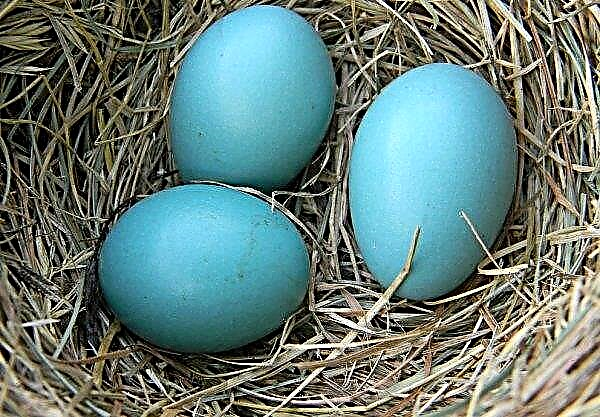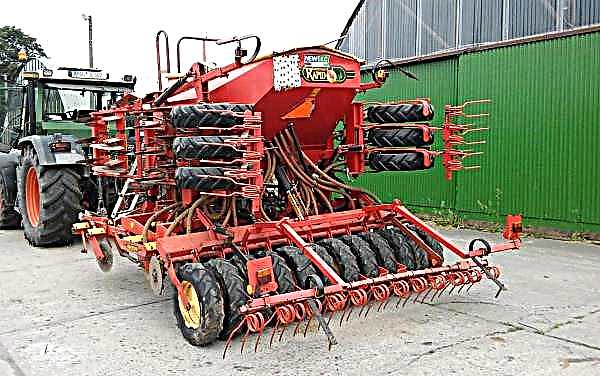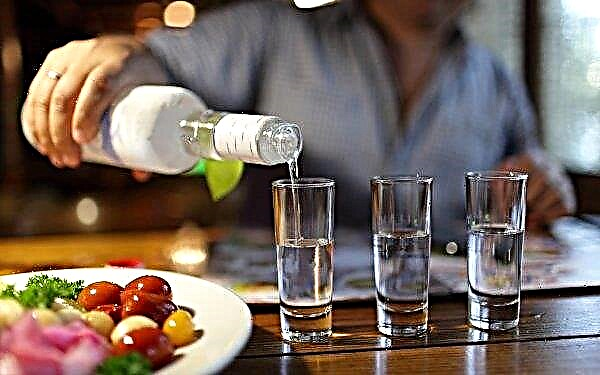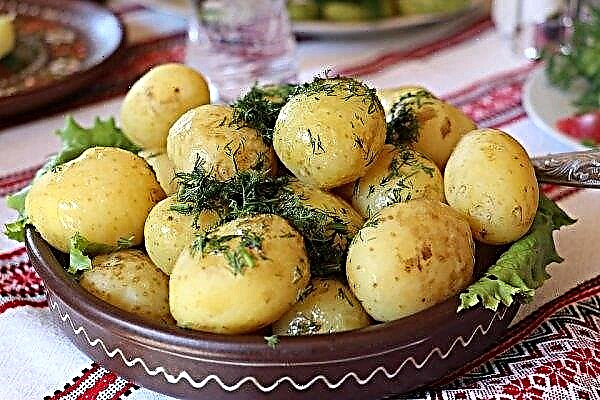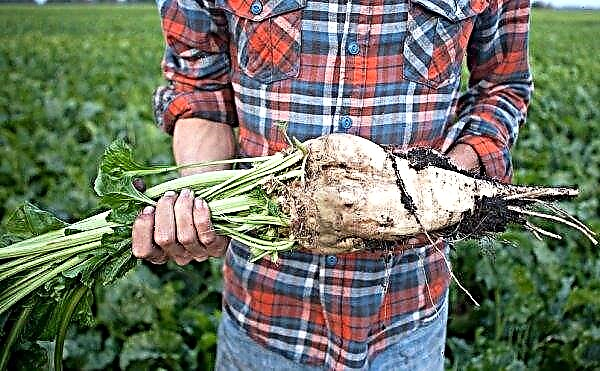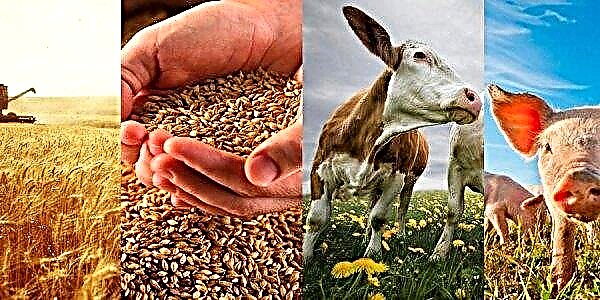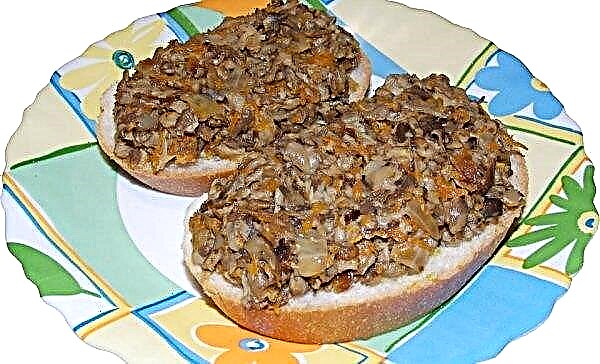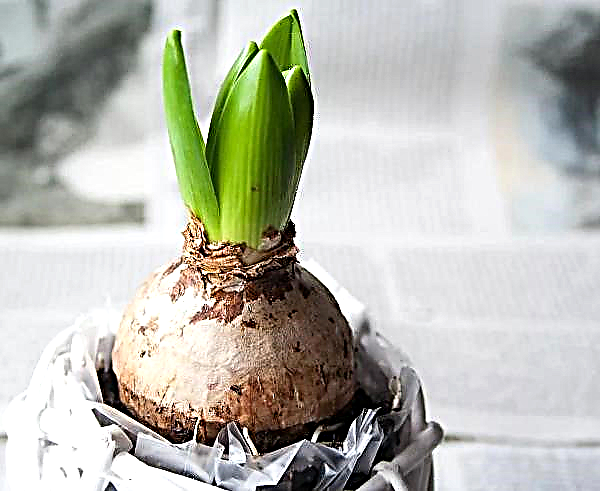Siberian cold and pampered melons, many from the outside, seem incompatible. However, the efforts of breeders and the enthusiasm of Siberian gardeners do wonders. Currently, in the harsh conditions of Siberia, many melon varieties are not even grown in greenhouses, but in open ground, yielding fruits that are not inferior in taste to southern melons. Read more about growing melons in Siberia, read on in the article.
Varieties for growing in Siberia
The specificity of climatic Siberian conditions forces local plant growers to cultivate varieties that:
- have a short growing season, stacking in 2-3 months;
- have resistance to fungal infections;
- successfully adapt to changing Siberian weather.
Among the melon varieties that are as close as possible to these requirements are called:
- Famous Collective farmerBred in the 30s of the twentieth century, quickly gained popularity throughout the European part of the former USSR and now has settled even in Siberian open spaces. The variety is characterized by round, radically yellow fruits, covered with a smooth or mesh skin. The size of the fruits reaches 20 cm in diameter, and the weight is, on average, 1 kg. Melon ripening within 70-95 days is distinguished by a very sweet taste and a memorable aroma.
- Altai, which was bred in Barnaul specifically for the Siberian regions and has a short growing season, which is only 65-75 days after seed germination. A round or oval melon of this variety is painted in lemon color and covered with a mesh peel. The average weight of the fruit is 1 kg, and its aromatic granular pulp has a good taste, although inferior to the collective farmer. The variety is not very stable and is intended for quick consumption.
- A pineapple, contrary to the name, it is fully adapted to Siberian conditions. It is an elongated yellow-brown fruit weighing up to 2 kg, ripening after 80 days. It is well adapted to various weather conditions, but, like all melons, it prefers sunny and warm days, in which it shows its best qualities in the form of an exquisite honey taste and good keeping quality. [/ Li

- A fairy tale, which is an alternative to the more capricious collective farmer. For a shorter vegetation period of 2 months, its fruit reaches a mass of at least 1.7 kg and a maximum weight of up to 3 kg. The ellipsoidal fruits have a yellow color and a fine-mesh skin. Unlike the Collective Farm Girl, the Tale is resistant to powdery mildew, but is not distinguished by its keeping quality.
- Scythian Gold, which is a hybrid with excellent taste and a very pleasant aroma, which are always noted by tasters with only 5 points. Melons of this hybrid ripen in 70-80 days and reach a weight of 1.5 kg. In Siberia, from one bush, it is possible to collect up to 5 fruits. The hybrid is resistant to most diseases.
- short summers;
- unstable and unpredictable weather;
- mainly by northerly winds, provoking late spring and early autumn return frosts.
- The advantages of cultivating melons in open ground are:
- the possibility of growing much more than in a greenhouse, the number of melons growing, requiring vast areas for their growth and development;
- savings on the arrangement and operation of greenhouses.




Advantages and disadvantages of planting melon in open ground
Optimum temperature melon growth is + 25 ° C. When the temperature drops to + 10 ° C, plant growth stops completely, and a lower temperature leads to its death. Meanwhile, Siberian regions have common climatic features, characterized by:
 In the northern regions, this completely excludes the cultivation of melons in open ground, and in the rest, the greater part of Siberia, it creates certain difficulties and even dangers when cultivating this melon culture in a similar way.
In the northern regions, this completely excludes the cultivation of melons in open ground, and in the rest, the greater part of Siberia, it creates certain difficulties and even dangers when cultivating this melon culture in a similar way.We have to make secure the creation of shelters for plants. This is the main and only drawback of growing melons in open ground.
Did you know? Traders still have not decided in what quality to advertise the melon and where to attach it: to the category of fruits, vegetables or berries. In favor of the vegetable classification, the melon belongs to the pumpkin family and is related to cucumbers, and the berry belonging is strengthened by the similarity with watermelon in the method of melon cultivation and appearance. In favor of the fruit trend of melons, apart from pronounced dessert properties, nothing scientific is said so far, but emotional arguments are enough.
Preparing for the landing
In order to grow a good melon crop, you need to take care of the selection and processing of seeds, growing seedlings from them and preparing the soil for planting it.
Semen
If seeds are used to grow seedlings, independently extracted from melon fruits, they must be sorted before planting, choosing the largest and most dense, without mechanical damage and any traces of rot. In order to make the future plant more resistant to fungal diseases, it is recommended to place the seeds for 10 minutes in water heated to + 50 ° C. It is useful to germinate the seed material by wrapping it in a damp cloth and leave it for germination for 3-4 days at a temperature of + 25 ° C.
It is useful to germinate the seed material by wrapping it in a damp cloth and leave it for germination for 3-4 days at a temperature of + 25 ° C.
Seeds purchased at specialized outlets are usually coated with protective colored glaze. If there are doubts about their germination, they can also be germinated. However, at the same time, the film that protects seeds and future plants from diseases can dissolve.
Seedlings
To obtain seedlings, melon seed is sown 40 days before the seedlings are moved to the open ground. This period includes 5 days necessary for the emergence of seedlings, and another 35 required for the development of seedlings. Soil for sowing seed material is best purchased ready-made, specially designed for gourds. However, the necessary substrate can be prepared independently by mixing in equal proportions:
- turf soil;
- peat;
- dry humus.

In each bucket of the mixture you need to add a glass of wood ash, 1 tsp. potassium monophosphate, 1 part of urea and 1 tbsp. superphosphate. Tanks for filling them with a substrate and sowing seeds into it are best used from peat or cardboard. This is because melons are extremely negative about transplants. Therefore, it is advisable to make the process of planting seedlings in open ground as painless as possible for the root system, which is best when seedlings are planted in open ground along with a container. Subsequent actions for growing seedlings proceed as follows.
- One sprouted seed or 2-3 sprouts are placed in each container. To create a greenhouse effect, the cups are covered with glass or a transparent film.
- Until shoots appear, the containers should remain at a temperature of + 25 ° C to + 28 ° C. After that, the temperature drops to + 20 ... 24 ° C.
- The substrate in containers is moistened as it dries, given that the melon does not like excessive moisture.
- When the third true leaf is formed on the sprout, thinning is carried out in those containers where more than 1 seed was planted. Weak shoots are removed in favor of the strongest.
- In order for the plant to develop “in width”, and not up, it is pinched over the third leaf.
- 10 days after the emergence of seedlings and a decade before planting in open ground, the seedlings are fed with a solution of 10 ml of potassium humate and 1 liter of water, pouring 50 ml of the obtained fertilizer under each sprout.
- 10 days before planting seedlings in open ground, they begin to harden it. It begins with the stay of seedlings in the open air for 3 hours, gradually increasing and reaching up to a day.


Land preparation
The soil for planting seedlings is prepared a couple of weeks before the event. To do this, you need:
- On each square meter of soil scatter a bucket of dry humus, peat or compost, 0.5 l of wood ash, 40 g of ammonium nitrate and superphosphate, 15 g of potassium monophosphate;
- To add looseness to the soil, place chopped branches, bark, hay bark on top of it, old dried leaves.
- Soil prepared in this way should be dug up and leveled.
- Cover the excavated area with a black film for better heating of the soil, preservation of its moisture and loose structure.

Planting melon seedlings in open ground
Immediately before planting seedlings, the plot is marked out, bearing in mind that between plants the distance should be at least 60 cm, and between rows - 80 cm. The holes are dug with a diameter of up to 30 cm and a depth comparable to the height of the container with seedlings. The hole is watered and a peat or cardboard cup with seedlings is placed in it, sprinkled with dry soil and watered again.
The hole is watered and a peat or cardboard cup with seedlings is placed in it, sprinkled with dry soil and watered again.
Cultivation and care
Planted in properly prepared soil, melon seedlings do not require excessive efforts to care for it. However, some active actions, especially to protect the plant from diseases and pests, have to be taken regularly.
Did you know? Up to 35 million tons of melons are grown annually in the world, one fourth of which are from China.
Top dressing
The fertilizer bed contains enough nutrients for the initial development of planted seedlings. But when the shoots lengthen in order to lie on the ground, the plant requires additional nitrogen to build up green mass. There are a lot of it in organic fertilizers in the form of mullein or bird droppings.
To do this, prepare solutions of 3 liters of mullein or 1.5 liters of bird droppings, added to a bucket of water and infused for a week. Then these solutions are diluted with water taken in five times the volume, and are used to feed the bushes every 10 days. And with the beginning of flowering and during the growth of the ovaries, the plant already needs potassium and phosphorus to a greater extent, which are delivered to it with the help of wood ash, potash fertilizers or special complex mixtures for melons in the form of:
- "Blank sheet";
- "Agricoli";
- Sudarushki
- Gumi Omi.
Watering and humidity
The most intensive watering is required by young melon seedlings and recently planted seedlings. During this period, the soil under the plants must constantly be in a moist state. To preserve the necessary moisture, the soil is mulched with the help of dry humus, rotted sawdust or hay.
To preserve the necessary moisture, the soil is mulched with the help of dry humus, rotted sawdust or hay.
When the bushes grow, they are watered once a week or decade, if the weather is rainy. And when the fruits grow to their optimum size and begin to turn yellow, watering is generally stopped.
Important! Watermelons can only be watered with settled warm water, in no case using water directly from the water supply.
Protection against diseases and pests
The cool and damp summer, which often happens in Siberia, provokes fungal diseases that affect melons. Most often, plants undergo:
- Powdery Mildew, covering leaves with whitish spots, which grow, capture the entire leaf surface and lead to its drying. This disease is prevented by timely weeding and proper crop rotation. For treatment, pollination is used with an 80 percent sulfur powder. The operation is performed three times with an interval of a decade. Also, the drug “Topaz”, which destroys not only itself flexible, but also its spores, effectively fights against mildew.
- Downy mildew (peronosporosis)affecting young plants, on the leaves of which green-yellow spots appear, constantly expanding. As a prophylaxis of this disease, presowing seed disinfection using a 1 percent solution of potassium permanganate is used. Planted seedlings, for treatment purposes, are sprayed with a 1% solution of Bordeaux mixture. the use of Topaz is also effective.
- Gray mold, which is a common fungal disease in Siberia that makes shoots and ovaries watery and prone to rot. They are usually removed and burned. In the early stage, the disease is controlled by spraying with a mixture of a bucket of water in which 1 g of zinc sulfate, 10 g of urea and 2 g of copper sulfate are diluted.
- Cucumber Mosaicexcited by viruses and leading to the appearance of green-yellow spots on the leaves, cracks in the stem, warts on the fruit, to the fall of foliage and flowers. For prevention, it is necessary to observe the rules of crop rotation and fight against melon aphids. The treatment for this disease has not yet been developed.
- Root rot, the causative agents of which are in the soil or sometimes in seed. The disease causes thinning of the stems and subsequent death. For the prevention of the disease should be disinfected seeds, strictly adhere to agricultural regulations.





Among the pests that attack melons in Siberia, they are most often called:
- Gourdswintering on horses' weeds, and then moving to the lower parts of the leaves, to shoots and flowers of the melon bush. To combat this pest, the use of Decis or Fitoverm drugs is effective.
- Melon flywhich lays eggs under the peel of the fruit. The larvae hatched from the eggs begin to feed on the flesh of the melon, which eventually rots and becomes unfit for food. For prevention, it is useful to treat the bushes with the preparations Fufanon, Decis, Iskra-Bio, Fitoverm.
- Spider mite, which settles on both sides of the leaf surface and on the fruits, as a result of which the leaves die, the stems become bare, and the yield drops sharply. As prophylaxis and treatment, acaricides in the form of "Actellica", "Karbofos" or "Apollo" are used.



Harvesting and storage
In order to keep melons as long as possible, it is necessary to correctly assess the degree of their maturity and the fruit harvesting period depending on it. Helps in this state of the mesh surface, characteristic of most melon fruits. If the mesh on the surface is not clearly expressed, then the fruits have not yet ripened. They will no longer be acquired during storage of full ripeness. Deep mesh melons ripen quickly, but will be stored for no more than 2 months. Therefore, often, you have to choose an intermediate option. If a variety is grown that does not have a mesh surface, then the degree of maturity is determined by the intensity of the yellow color of the fruit. Melons are stored on wooden surfaces in a row, not in contact with each other, or in limbo.
Melons are stored on wooden surfaces in a row, not in contact with each other, or in limbo.
If we talk about the long-term preservation of melons, it should be emphasized that for long-term storage, fruits of late ripe varieties are suitable, which in Siberian conditions can be grown only in greenhouses. Collected melons sent for storage should have a 5 cm long stalk. The optimum storage temperature is between + 1 ° C and + 3 ° C, with humidity up to 80%.
Important! To get the best yield, the number of fruits on the bushes should be normalized, leaving no more than 4 melons on them. A greater number of fruits will not be able to gain either the optimal size or the necessary sweetness.
Although growing melons in the open ground in the difficult climatic conditions of Siberia is fraught with some difficulties and even risks, it nevertheless is gaining more and more distribution in the Trans-Ural regions. This is facilitated by the successes of breeders, and new agricultural techniques, and the enthusiasm of Siberian melons, the reward of which are aromatic fruits that are not inferior in taste to their southern relatives.







